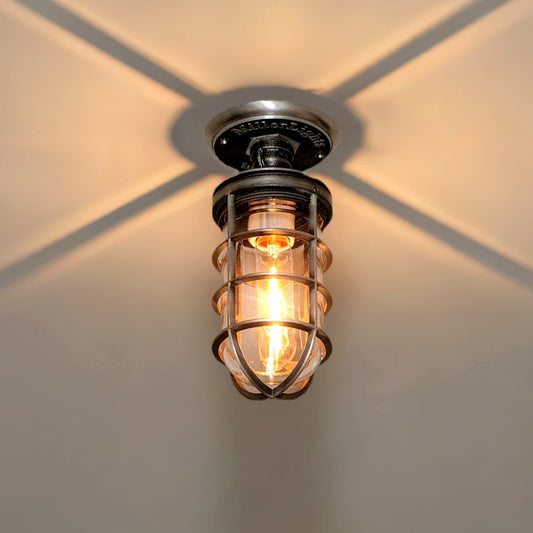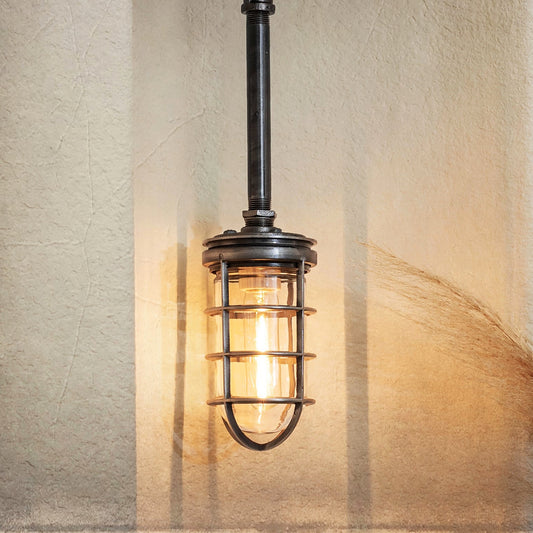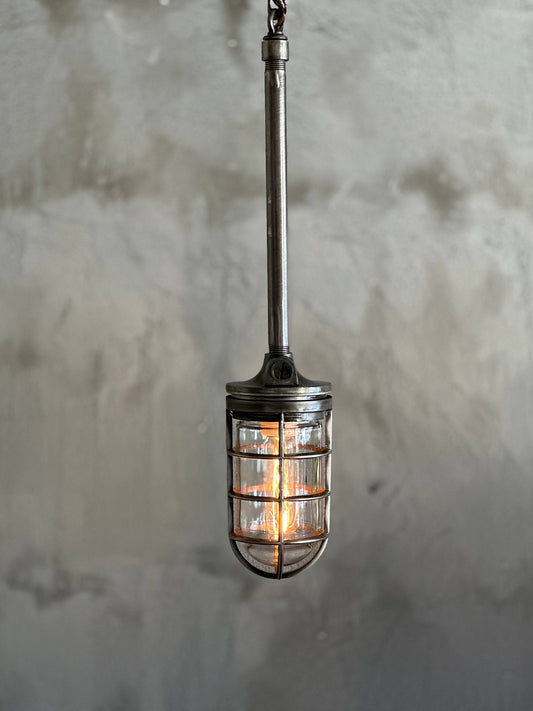Collection: Ceiling Lights
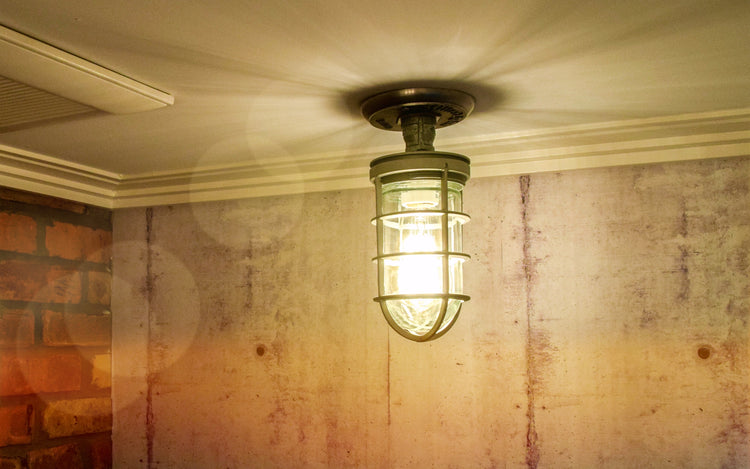
'INDUSTRIAL-ERA CEILING LIGHTS OFTEN FEATURED MINIMALIST DESIGNS CHARACTERIZED BY CLEAN LINES, GEOMETRIC SHAPES, AND UTILITARIAN AESTHETICS.'
-
5.0 / 5.0
(5) 5 total reviews
Regular price From $195.00Regular priceUnit price / per -
Regular price From $230.00Regular priceUnit price / per
-
Regular price From $230.00Regular priceUnit price / per
'THE INDUSTRIAL AESTHETIC OF CAGE PENDANTS GAINED POPULARITY IN THE EARLY 20TH CENTURY. THEIR STURDY METAL CONSTRUCTION AND FUNCTIONAL DESIGN MADE THEM INDISPENSABLE IN SETTINGS LIKE FACTORIES, WORKSHOPS, AND OTHER WORK ENVIRONMENTS. THEY WERE KNOWN FOR THEIR DURABILITY AND ABILITY TO WITHSTAND HARSH CONDITIONS.'
Measuring For Pendant Lighting
-
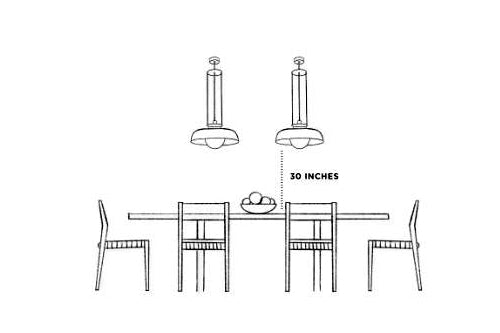
Dining
For ceiling lighting, it is important to consider how far down you want the fixture to hang from the ceiling. The bottom of a pendant should be 30 inches from the surface of your dining table.
-
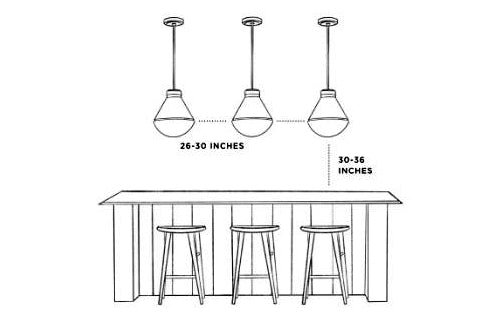
Kitchen
The distance from the island countertop to the bottom of the fixture's shade should be 30-36 inches. Between multiple pendants, 26-30 inches is the ideal distance. Alow 12 inches from the edge of the island to the light fixture.
-
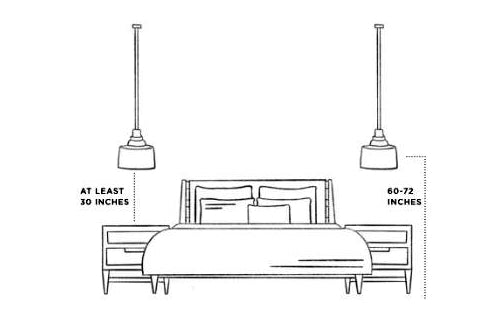
Bedroom
We recommend at least 60-72 inches from the bedroom floor to the bottom of the shade. The distance between the bottom of the shade to the top of the nightstand should be at least 30 inches. Depending on bed size, the distance between the two lights should be about 96-120 inches.
What is a pendant light called?..
'A pendant light is often simply referred to as a "pendant" or a "pendant fixture." It may also be called a "hanging light," "pendant lamp," or "pendant lighting." These terms are used interchangeably to describe the type of light fixture that hangs down from the ceiling using a cord, chain, or rod, typically featuring a single light source enclosed within a decorative shade or globe.'
Exploring Pendant Lights: Harmonizing Functionality with Style
View all-
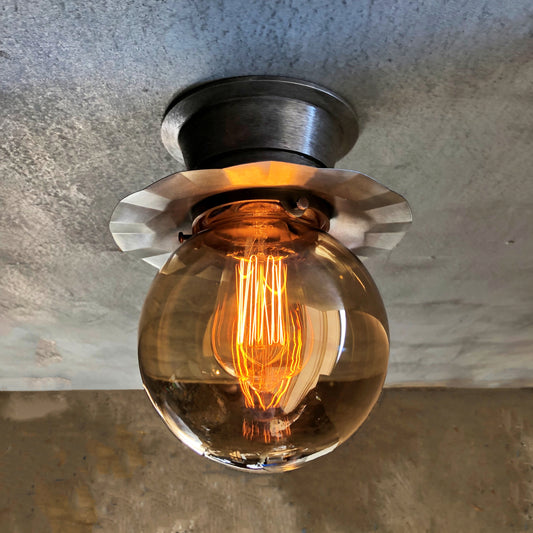
What are different ceiling lights called?
There are several types of ceiling lights, each with its own unique design and functionality. Here are some common types of ceiling lights:
What are different ceiling lights called?
There are several types of ceiling lights, each with its own unique design and functionality. Here are some common types of ceiling lights:
-
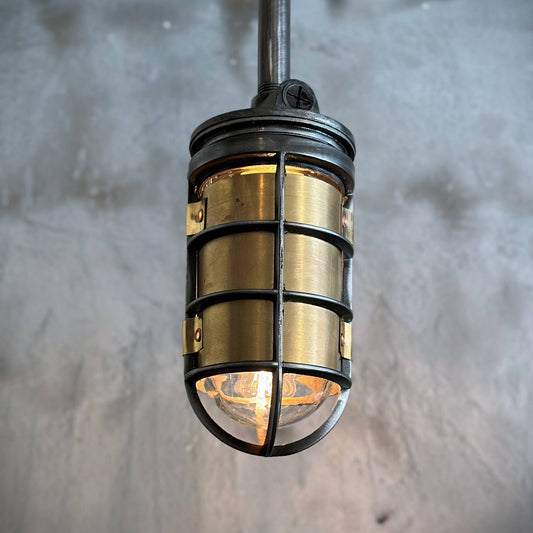
How do I choose a pendant light?
Choosing a pendant light involves considering several factors to ensure it complements your space and meets your lighting needs. Here are some steps to help you choose the right pendant...
How do I choose a pendant light?
Choosing a pendant light involves considering several factors to ensure it complements your space and meets your lighting needs. Here are some steps to help you choose the right pendant...
-
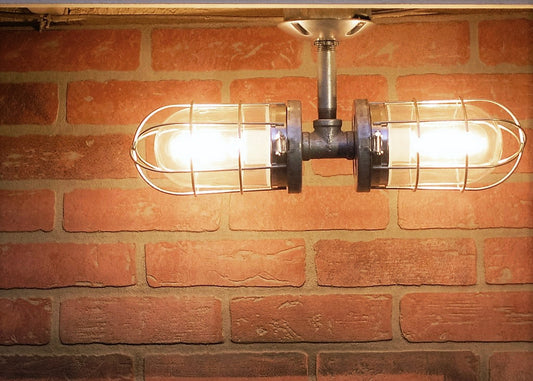
Do pendant lights need to match hardware?
Pendant lights don't necessarily need to match the hardware in a room, such as door handles, cabinet knobs, or faucets. However, coordinating them can contribute to a cohesive and harmonious...
Do pendant lights need to match hardware?
Pendant lights don't necessarily need to match the hardware in a room, such as door handles, cabinet knobs, or faucets. However, coordinating them can contribute to a cohesive and harmonious...

